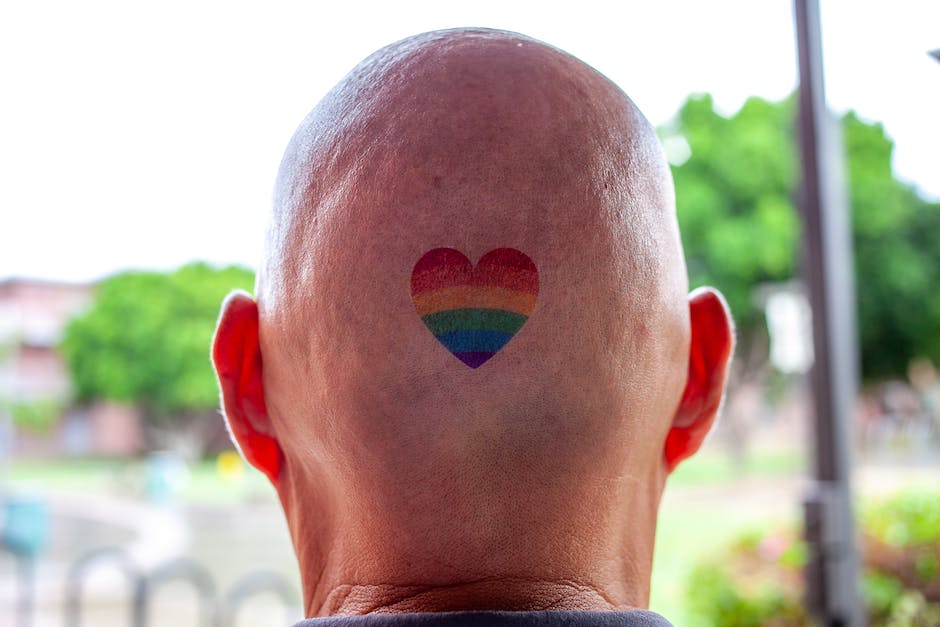
Contents
Understanding Alopecia Areata and Scalp Micropigmentation
Alopecia Areata is a condition that affects an individual’s hair growth and can result in patches of baldness. In most cases, alopecia areata is an autoimmune disorder that affects the hair follicles, leading to sudden and unpredictable bouts of hair loss. It can affect anyone, but it is more common in adolescents and young adults.
Scalp micropigmentation is a non-surgical procedure that has gained a lot of attention in recent years for its potential to help those struggling with hair loss and baldness, including those with alopecia areata. It is a form of cosmetic tattooing that involves depositing tiny dots of pigment through a fine needle into the scalp in order to mimic the look of real, growing hairs. The goal is to give the appearance of having a full head of hair.
A Comprehensive Guide to Scalp Micropigmentation for Alopecia Areata
Scalp micropigmentation can be a safe and effective procedure for those with alopecia areata, and it offers a wide range of benefits. Here is a comprehensive guide to scalp micropigmentation for alopecia areata:
Step 1: Consult a Trained and Experienced Technician
The first step is to consult a qualified and experienced technician who is trained in micropigmentation for hair loss and alopecia areata. They will be able to assess your specific needs and determine the best approach.
Step 2: Educate Yourself
It is important to research and educate yourself on all the available treatments for alopecia areata, as well as the potential risks and side effects associated with each. This will help you make an informed decision about which option is best for you.
Step 3: Prepare for the Procedure
Once you and your technician have settled on a plan, you should prepare for the procedure. This may involve stopping certain medications, as well as avoiding sunlight, saunas, and steam rooms on the day of your treatment. Your technician will provide specific instructions on how to prepare.
Step 4: The Procedure
During the procedure, a topical anesthetic is applied to the scalp to ensure your comfort. The technician will then insert the needles filled with pigment into your scalp, ensuring accuracy through the use of appropriate needles and high-quality makeup pigments. The entire process usually takes between two and three hours.
Step 5: Recovery
Once the micropigmentation procedure is complete, the area may appear red and swollen. It is important to follow the aftercare instructions provided by the technician in order to reduce any risks and promote healing. This may include using a cold compress or topical ointment, avoiding water or heat exposure, and wearing a head cover.
Benefits of Micropigmentation for Alopecia Areata
Scalp micropigmentation for alopecia areata is an effective way to improve the look of your hair and boost your self-confidence. It is also less expensive and less invasive than other treatments. It does not involve surgery, and it does not damage existing hair follicles. Additionally, scalp micropigmentation can provide welcome relief from the social stigma associated with alopecia areata.
Conclusion
For those struggling with alopecia areata, scalp micropigmentation can be a safe and effective way to restore the appearance of hair and improve their self-confidence. The procedure involves a series of simple steps, and it can provide long-term results and many beneficial side effects. If you are considering scalp micropigmentation for alopecia areata, it is important to thoroughly educate yourself and choose an experienced technician in order to ensure the best results.
Keywords: Alopecia Areata, Scalp Micropigmentation, Hair Loss, Cosmetic Tattooing, topical anesthetic, topical ointment, self-confidence, social stigma.
